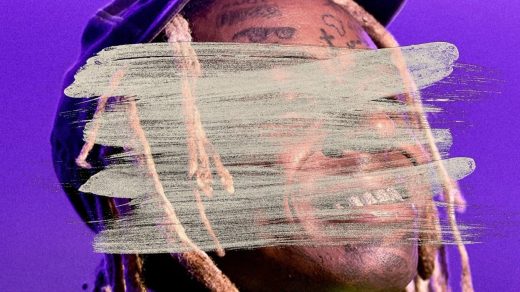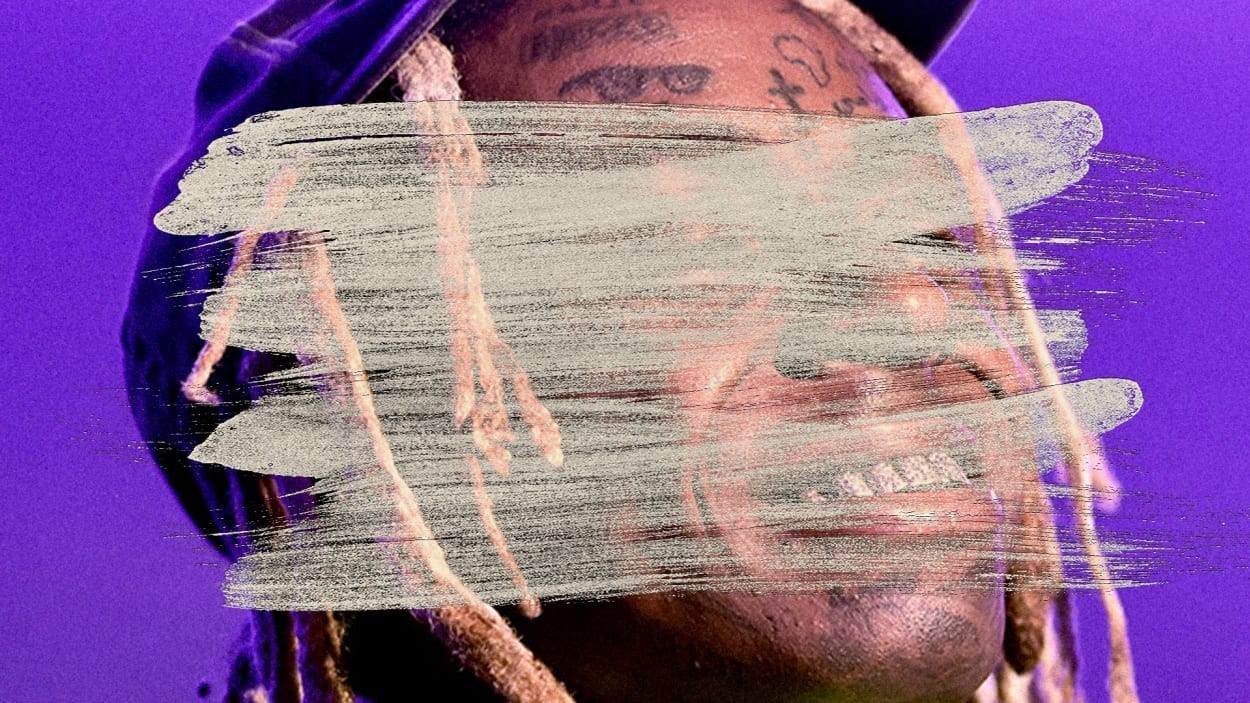Lil Wayne and The Rock are right: Wax museums are frustratingly bad at depicting Black celebrities
Since Sunday, two separate wax figures—one of actor Dwayne Johnson, the other of rapper Lil Wayne—have gotten slammed not just by puzzled fans and onlookers, but by both celebrities themselves, for their very off skin tones.
Johnson contacted the offending institution, Paris’s Grevin Museum, to ask about “updating” the figure “starting with my skin color.” He shared a video on Instagram of Black comedian James Andre Jefferson Jr. savaging the waxwork. “It look like the Rock ain’t never seen the sun a day in his life,” Jefferson deadpanned.
Meanwhile, on Monday, Lil Wayne roasted the much-lighter version of himself on display at Tennessee’s Hollywood Wax Museum, adding: “You tried tho.”
In the age of social media, wax museums make headlines for one of two reasons: a figure whose resemblance to the real-life celebrity looks uncannily lifelike, or one that is head-scratchingly awful. Museums are equal-opportunity offenders—it’s just that when wax debacles occur involving white celebrities, it’s rarely for crimes against skin pigmentation. Meanwhile, there is a well-documented history of Black stars’ wax doppelgängers debuting a shade, or two, or 12, lighter.
In 2015, Nicki Minaj’s bizarrely rosy-cheeked figure debuted at Madame Tussauds Las Vegas, posed on all fours. The not-so-lookalike figure went viral a second time in 2020, when it moved to Berlin and Europeans were aghast.
Rihanna got her turn in 2021, when Madame Tussauds dressed her Berlin statue in a red velvet Christmas getup that she probably wouldn’t be caught dead in. Equally noticeable were big rings around her eyes that looked so white, it almost resembled blackface.
And in 2017, Beyoncé’s figure at the Madam Tussauds in Times Square came under fire:
One observer called it “burnt Farrah Fawcett.” Others thought it depicted Lindsay Lohan. The failure drew even more embarrassing Beyoncé wax figures to surface. The photographic evidence seemed to support the theory that, for some reason, the entire wax sculptor profession was plagued with the inability to capture the singer’s proper melanin levels:
Making a famous Black person’s wax figure too white is a surefire way to look racially insensitive (at best) to a group that has endured generations of racial stereotyping—often through caricatures found in entertainment based around skin color—and that has complained about companies whitewashing Black skin in ads.
The problems surrounding white wax figures, meanwhile, tend to be for something else. For example, take the Polonia Wax Museum in Krakow, Poland, that went viral back in March after people panned its Kate Middleton and Prince William statues for being “so bad it’s brilliant.” Skin color wasn’t their most conspicuous shortcoming:
And Taylor Swift’s London Madame Tussauds figure upset Swifties in 2015, but mostly because it was wearing a cheerleader outfit.
At top museums like Madame Tussauds, mistakes can’t be blamed on haste. Madame Tussauds has told the media that its wax figures require an entire team of studio artists working for three to four months. (Supposedly, it took a team of 20 to create the eyebrows on Cara Delevingne’s statue.) On its “How are wax figures made today?” webpage, the Sydney Madame Tussauds explains that over 200 different measurements and photographs are taken “from every angle of the star” first, and that it takes “around five weeks to insert each strand of real human hair individually into the wax, including eyebrows and eyelashes.” Later, “ten layers of oil-based paint are applied to the figure to create the realistic skin tone and texture.” The final step is “a very rigorous critiquing process” before the waxwork makes its public debut.
Sometimes the artists get it dead-on. On the same day that Lil Wayne was studying his underwhelming wax self, the equally tatted-up Travis Barker was presented with his brand-new figure, and the Blink 182 frontman’s jaw dropped:
To their credit, wax museums usually make quick amends. Beyoncé’s figure was redone immediately. Nicki Minaj’s was too, and it was also repositioned because museum guests had started taking inappropriate photos with it.
But sculptors can also get creative to overcome the odds: The team at Madame Tussauds spent five months perfecting its wax President Trump after the 2016 election, but ran into problems trying to find the materials to reproduce his very, er, particular hair. To balance the color, they wound up mixing together human and yak hair, then used hair from a squirrel for his eyebrows.
(11)



